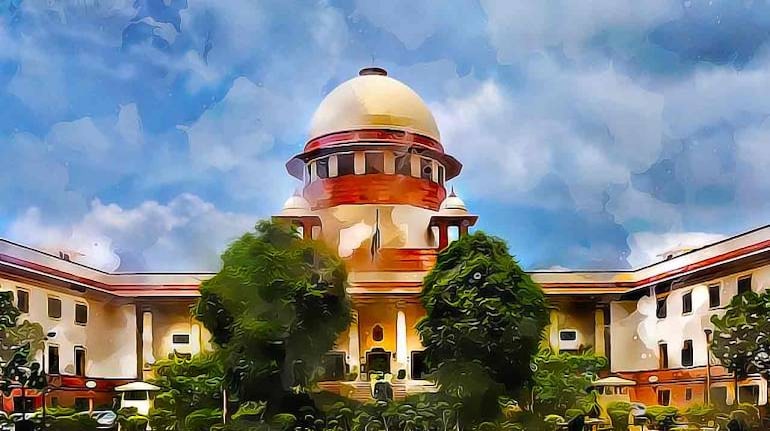



The Supreme Court collegium, comprising the Chief Justice of India (CJI) and four most senior judges, has recommended to the government nine names for appointment to the country’s highest court, seeking to fill existing vacancies and ending an impasse in the process of judicial selection.
The collegium, at an August 17 meeting, recommended elevation of nine Chief Justices/Judges of the High Courts (HCs) and a bar member, as Supreme Court judges, according to a statement posted on the Supreme Court’s website.
The judges are Justice AS Oka, Chief Justice of the Karnataka High Court, Justice Vikram Nath, Chief Justice of the Gujarat High Court; Justice JK Maheshwari, Chief Justice of the Sikkim High Court; Justice Hima Kohli of the Telangana High Court; Justice BV Nagarathna of the Karnataka High Court; Justice CT Ravikumar of the Kerala High Court; Justice MM Sundresh of the Madras High Court and Justice Bela M Trivedi of the Gujarat High Court. The lone member of the bar who has been recommended for elevation is senior advocate PS Narasimha.
Justice Nagarathna has a shot at becoming the first woman CJI, for a little over a month, in 2027, the Hindustan Times reported on August 18.
What is the significance of the latest recommendations?
The recommendations will, if accepted by the government, seek to fill nine existing vacancies, enabling the top court to cope with an increasing case load.
The appointments also signal the end of an impasse in the process of appointing judges to the top court. Since the retirement of Ranjan Gogoi in November 2019, the collegium hadn’t been able to reach a consensus on elevations to the Supreme Court. The recommendations were made less than a week after the retirement of Justice Rohinton F Nariman, who had strongly backed the elevation of Tripura High Court Chief Justice Akil A Kureshi to the top court. Consensus was elusive and CJI SA Bobde’s 17-month tenure ended without a single recommendation being made for elevation to the apex court.
Who are members of the collegium?
The collegium is headed by the CJI and comprises four other senior-most judges. They are CJI NV Ramana, and justices Uday U Lalit, AM Khanwilkar, DY Chandrachud and L Nagaswara Rao.
What’s the next step in the selection process?
The Union law ministry will study the collegium’s recommendations and will take a call following which it will put up the names to the Prime Minister, who will advise the President in the matter of appointments. The CJI and judges of the Supreme Court are appointed by the President under Clause (2) of Article 124 of the Constitution, according to the memorandum showing the procedure for appointment of the CJI and other SC judges.
To be sure, the government has the option of sending some names back to the collegium for reconsideration. The collegium has the final say, however. The government has to approve the names if the collegium was to send the names back.
How old is the collegium system?
The system of appointment and transfer of judges has evolved through various rulings of the top court and not by an Act of Parliament or constitutional provisions.
In 2019, a nine-judge Supreme Court bench dismissed a petition seeking a review of a 1993 verdict was instrumental in establishing the collegium system of appointing judges to the higher judiciary.
Has there been any attempt to change the system of selecting judges?
The Supreme Court, in 2015, rejected the National Judicial Appointments Commission (NJAC) Act and the 99th Constitutional Amendment which sought to give politicians and civil society a greater say in the appointment of judges to the highest courts. In a 4-1 majority verdict, the Supreme Court held that both the Constitution (99th Amendment) Act, 2014, and the NJAC Act, 2014, were unconstitutional because they could undermine the independence of the judiciary.
Views are personal and do not represent the stand of this publication.
Discover the latest Business News, Sensex, and Nifty updates. Obtain Personal Finance insights, tax queries, and expert opinions on Moneycontrol or download the Moneycontrol App to stay updated!
Find the best of Al News in one place, specially curated for you every weekend.
Stay on top of the latest tech trends and biggest startup news.